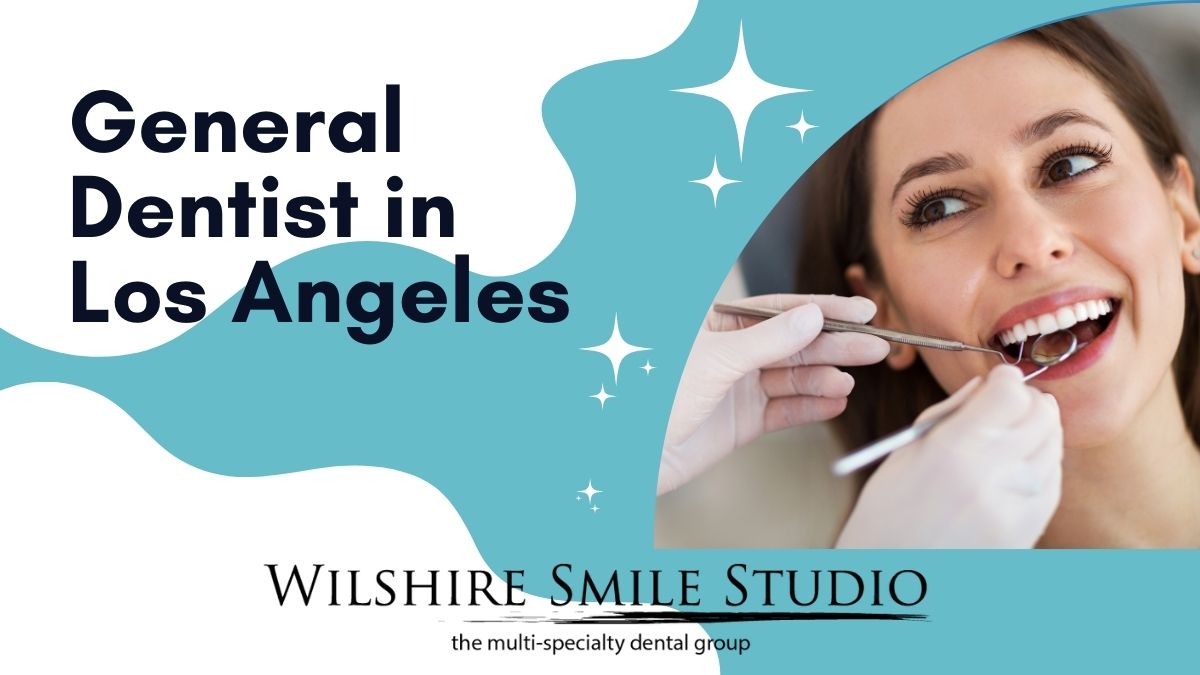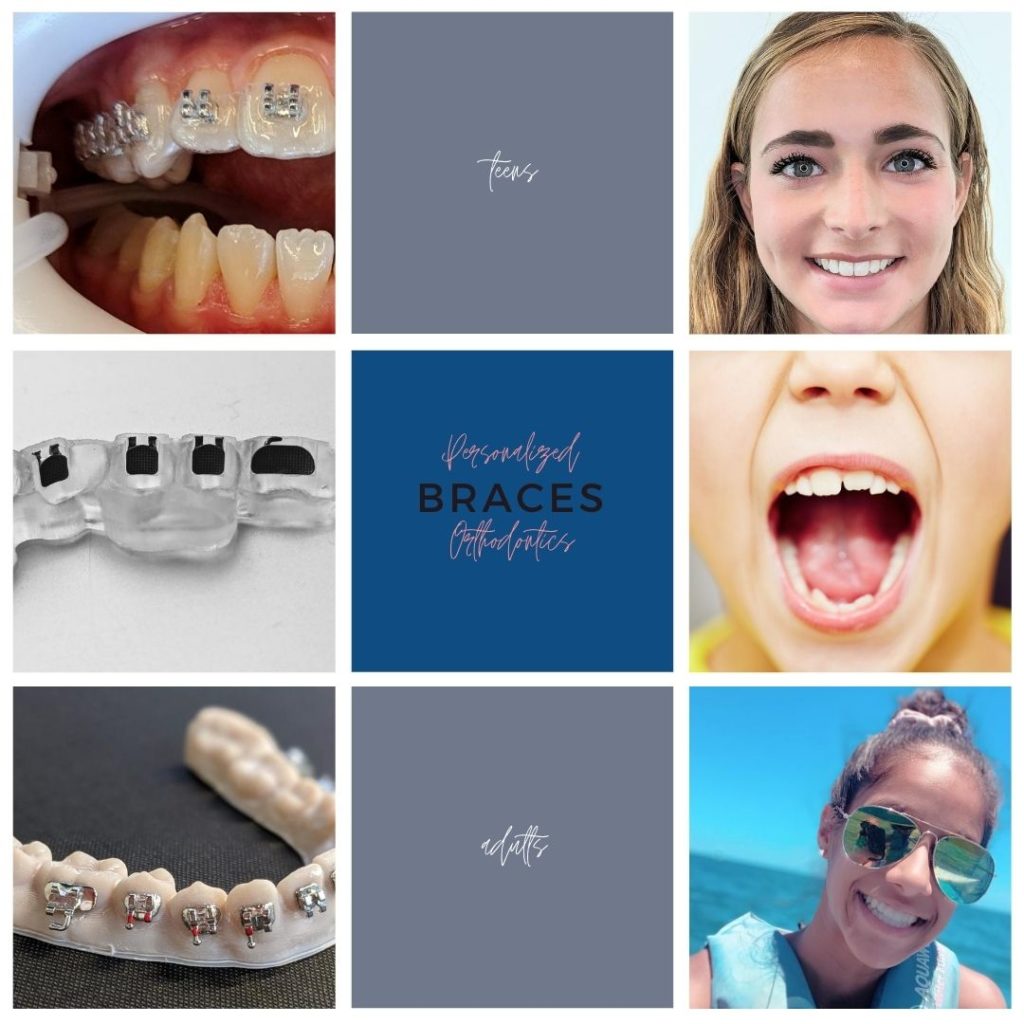How Legacy Orthodontics can Save You Time, Stress, and Money.
How Legacy Orthodontics can Save You Time, Stress, and Money.
Blog Article
About Legacy Orthodontics
Table of ContentsThe Definitive Guide to Legacy OrthodonticsFascination About Legacy Orthodontics4 Easy Facts About Legacy Orthodontics ShownLegacy Orthodontics Things To Know Before You BuyThe Facts About Legacy Orthodontics Uncovered
In addition, we provide flexible therapy timetables, flexible settlement alternatives and an enjoyable, pleasurable experience.An orthodontist is a dentist educated to identify, stop, and deal with teeth and jaw irregularities. They correct existing conditions and are trained to recognize problems that might establish in the future. Orthodontists deal with individuals of any ages, from kids to adults. Individuals commonly connect an ideal smile with excellent health and wellness.
Malocclusion, or misaligned teeth, can bring about oral problems, consisting of dental cavity, gum tissue illness, and challenging or uncomfortable chewing. Not every person is birthed with straight teeth. If you have a bad bite or large areas between your teeth, you may desire to speak with a dental expert concentrating on orthodontic care.
The Best Strategy To Use For Legacy Orthodontics
( Photo Credit Score: DigitalVision/Getty Images) Orthodontists use repaired and detachable dental gadgets, like dental braces, retainers, and bands, to change the setting of teeth in your mouth. Orthodontic treatment is for dental problems, including: Uneven teethBite issues, like an overbite or an underbiteCrowded teeth or teeth that are also far apartJaw misalignmentThe goal of orthodontic treatment is to enhance your bite.
A healthy bite guarantees you can eat, eat, and talk appropriately. While you might think about orthodontists as mainly for children or teens that require dental braces, they can deal with dental issues at any kind of age. Orthodontists participate in college, dental college, and orthodontic institution. After college graduation, they invest 2 or 3 years in an orthodontic residency program.
All orthodontists are dental professionals, yet not all dentists are orthodontists. Orthodontic residency programs provide intensive, focused direction for oral specialists. They concentrate on 2 areas: How to appropriately and securely move teeth Exactly how to properly direct advancement in the teeth, jaw, and faceOnce an orthodontist has actually finished training, they have the alternative to come to be board accredited.
Legacy Orthodontics Fundamentals Explained
Imbalance, or malocclusion, is the most usual factor people see an orthodontist. It is genetic and is the outcome of dimension differences between the top and reduced jaw or between the jaw and teeth. Malocclusion leads to tooth congestion, a twisted jaw, or uneven bite patterns. Malocclusion is typically treated with: Your orthodontist affixes metal, ceramic, or plastic square bonds to your teeth.
Some people require a headwear to aid relocate teeth right into line with pressure from outside the mouth. A retainer is a custom-made tool that maintains your teeth in location.
They're usually used on children. They can develop added space in the mouth without needing to draw teeth. If you have a significant underbite or overbite, you might need orthognathic surgical treatment (likewise called orthodontic surgery) to lengthen or shorten your jaw. Orthodontists use wires, surgical screws, or plates to sustain your jaw bone.
You may require to see an orthodontist if you have: Crowding or otherwise adequate room for all of your teethOverbite, when your top teeth come over your bottom teethUnderbite, when your base teeth are also far forwardSpacing or problems with gapsCrossbite, which is when your upper teeth fit behind your base teeth when your mouth is closedOpen bite or an upright space between your front base and upper teethMisplaced midline, when the find more info center of your bottom and top teeth do not line up Fixing a dental malocclusion can: Make attacking, eating, and talking easierImprove the symmetry of our face and your overall appearanceEase pain from temporomandibular joint conditionsDifferent your teeth and make them easier to clean, aiding stop tooth decay or cavities It's commonly a dentist that first notices misaligned teeth during a regular examination.
The Ultimate Guide To Legacy Orthodontics

During your initial orthodontic appointment, you'll likely have: A dental examPhotos taken of your face and smileDental X-raysPanoramic (360 level) X-rays of your face and headImpressions to produce molds of your teethThese examinations will certainly assist your orthodontist know just how to wage your treatment. orthodontics. An orthodontist is a dental professional that's had training to treat your teeth and jaw
An orthodontist is concentrated on your bite, so something like a cracked tooth would certainly be taken care of by a dental professional. Orthodontists are concentrated on your bite, or the way your teeth fit together, and the straightness of your teeth.
Ever asked yourself how celebrities always appear to have flawlessly straightened teeth? Orthodontists are oral specialists who focus on remedying abnormalities in the teeth and jaws.
The Only Guide for Legacy Orthodontics

While dental braces are the most generally acknowledged orthodontic therapy, orthodontists have a diverse toolkit at their disposal. The certain method picked relies on the severity of the situation, the person's age, and private preferences. These tried-and-true dental braces utilize a system of braces bonded to the teeth and linked by cords.
Clear aligners, like Invisalign, are a prominent alternative for clients looking for a more very discreet therapy alternative. These removable trays are tailor-made to considerably change the teeth's placement. Headgear may be utilized combined with dental braces or aligners to use added targeted pressures, specifically for correcting jaw inconsistencies. In instances of slim jaws, palatal expanders can be used to create area for appropriate tooth positioning.
Report this page